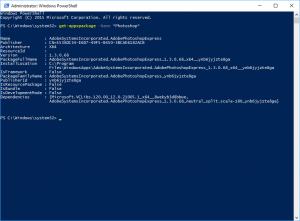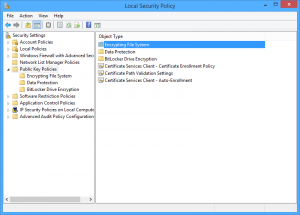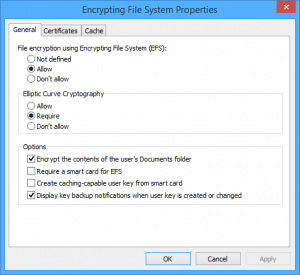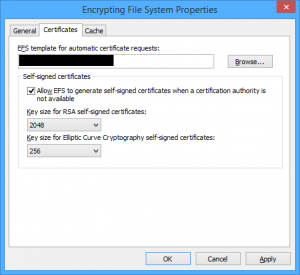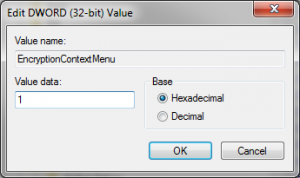Here’s how you set up EFS (Encrypting File System) on Windows 7 through to 10, so you can encrypt files and folders.
Go to…
Control Panel -> User Accounts
In the left hand pane you will see “Manage your file encryption certificates” and click.
In the new window click next, here you can select and create EFS certificates.
Select create new, then the first option A self-signed certificate stored on my computer and next.
You will now see your certificate has been created
Current Certificate: Issued to: Your_Username
Now select a backup location, I suggest you store it on a different partition to Windows. And add a password, you will be asked for this password when you install it on a different PC or new windows install.
Click next and you will have the option to update previously encrypted files, since none are encrypted you can select “I’ll update my files later”, and you are done.
Backing up your EFS certificate later
You can always backup/export your certificate at a later date by going to
Control Panel -> Internet Options -> Content -> Certificates -> Personal
Select your EFS certificate and export, with password and private key.
Using EFS
To encrypt a file or folder, right click on the folder or file you want to encrypt and select properties. and advanced select encrypt contents to secure data click ok and then apply. Your folder is now encrypted, and will have a green font.
We will show you how to add Encrypt and Decrypt to File Explorer Right-Click context menu in an up-coming post.
